When it comes to apples, two of the most popular types are Fuji apples and Gala apples. Here, I want to share a comparison of Fuji apples vs. Gala apples when it comes to taste, texture, nutritional value, appearance, and what's best to use in various dishes!
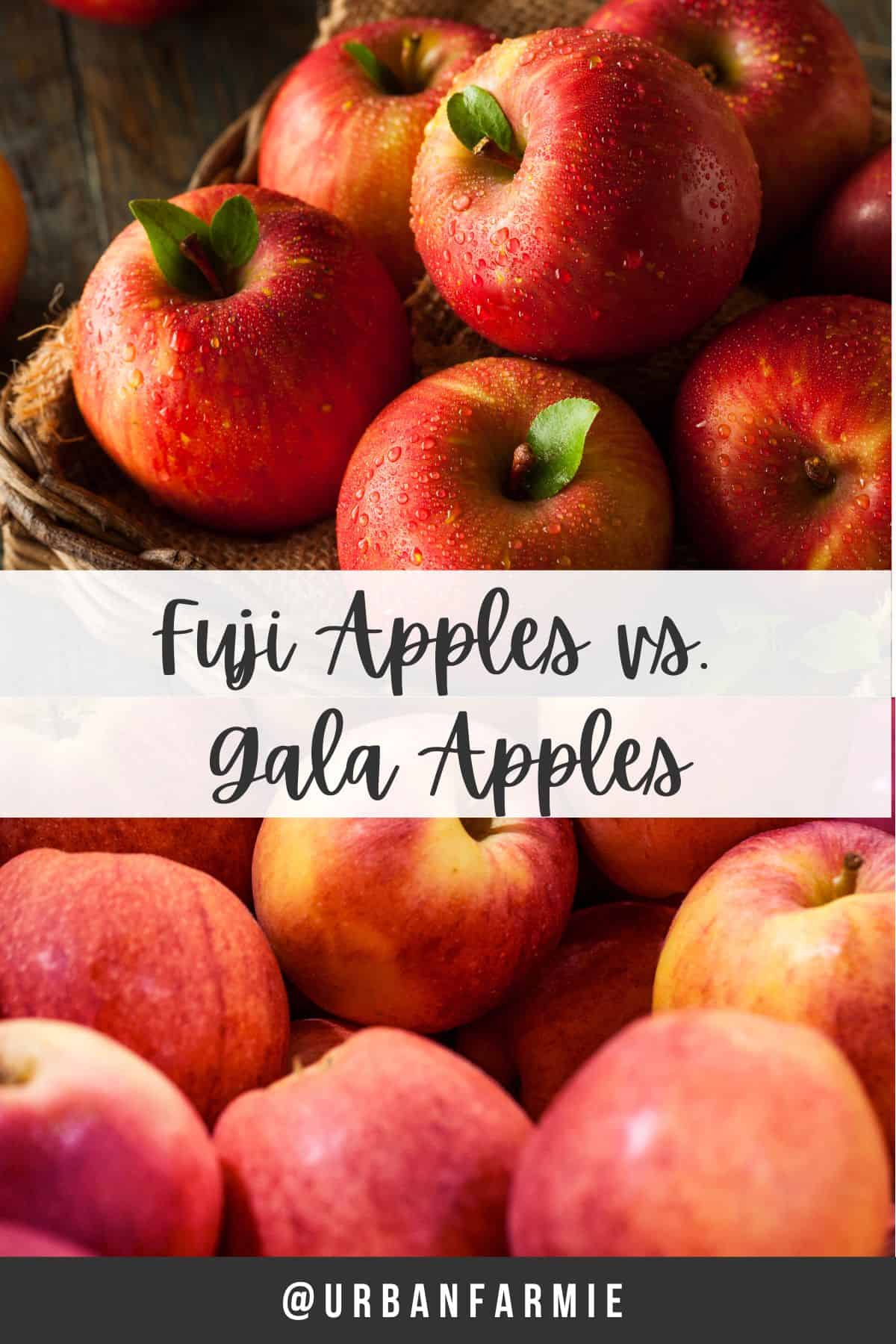
This post might contain affiliate links. If you click on those and make a purchase, I earn a small commission at no extra cost to you. As an Amazon Associate I earn from qualifying purchases.
There are many different apples to choose from - Honeycrisp, pink lady, Washington, granny smith, Braeburn, jazz, and a lot more. But Fuji and Gala apples are perhaps most commonly eaten and used in cooking.
Fuji vs. Gala Apples: Key Differences
There are three key differences between Fuji apples and Gala apples. I have a lot more detail in the post below, but here's a summary.
- Taste & Appearance: Fuji apples have a sweet yet tart taste, with a more citrusy flavor while Galas are more mellow with a balanced sweet-tart flavor. Fuji apples also tend to be larger, rounder and are a deeper red compared to Gala apples.
- Texture & Use in Recipes: In terms of texture, Fuji apples are also a lot crisper, and less dense than Gala apples. So, they result in a firm bite with juicy flesh while Galas are softer and creamier. Their texture also means that Fujis are better for baking as they hold their shape better than Galas when cooked!
- Availability: Gala apples are in peak season between May and September, but typically available year-round. Fuji apples, on the other hand, are a late-ripening variety, and peak between November and December in the Northern hemisphere and May to June in the Southern hemisphere.
| Fuji Apples | Gala Apples | |
| Origin | Fujisaka, Japan | New Zealand |
| Grown In | Cultivated in Fujisaki, Japan but found around the world | Can be found anywhere in the world. |
| Size | 75mm | 55mm |
| Season | Fall and Winter (September-December) | Year-Round (fresher between May and September) |
| Taste | Citrusy, Tart | Sweet and Balanced |
| Texture | Firm and crisp, holds shape | Soft, creamy and dense |
| Color | Darker red | Lighter red |
| Uses | Can be used for cooking and baking, holds texture and shape | Can be eaten raw and used in salads due to its sweetness. |
History
This is where I get to nerd out on history, but if you want to skip ahead, make sure to use the table of contents at the top of the page.
The Fuji apple was first developed in Fujisaki Japan in the year 1930, but it wasn't until the late 1960s that it made it's way to the West. These red apples quickly became popular in the US and Europe due to its sweet taste, crisp flesh and pretty red skin.
The Gala apple, on the other hand, has a much shorter history. It was developed in New Zealand in 1934 and got to the US in 1980. Unlike the Fuji, which is a cross between two different types of apples, the Gala is a chance seedling, meaning it developed without any human intervention!
Where are Fuji and Gala apples grown?
The name "Fuji" comes from the fact that Fuji Apples are grown in Fujisaki, Japan. They believe that the temperature in this country makes the Fuji apple the best one. However, it's now grown all over the US, Japan and China.
Gala apples on the other hand can be grown almost everywhere in the world. These apples originally come from New Zealand. Gala apples are grown in Washington, Europe, Chile, Argentina, and South Africa.
When are Fuji and Gala apples in season?
Both of the apple types are available year-round, but the peak season for Fuji apples is September until December. Gala apples are available all year long, with a peak season in the summer. So, if you're looking for Fuji apples, your best bet is to head to the grocery stores from winter seasons to fall. And if you're looking for Gala apples, you can find them any time of year!
Taste
These two kinds of apples are both delicious in their own ways. Fuji apples are a sweet and tart flavor, whereas Gala fruit has a mellower, sweeter flavor with no hints of tartness. The flesh of Fuji fruits is very crisp and thick. It has an acidic taste that is quite similar to the taste of green apples. Gala, on the other hand, has a more flowery fragrance and delicious sweetness when fully ripe.
Texture
Fuji apples are much denser than Gala apples. When you bite into a Fuji apple, you can really feel the difference in terms of density. The flesh of a Fuji apple has firm texture than that of a Gala apple. Either way, you can't really go wrong with either type of apple. Both the Fuji and Gala apples are the best choice for snacking, baking, or even just eating out of hand.
Color
Both of these apples have differences when it comes to color. The Fuji apple is red and green and may differ when it comes to its maturity. On the other hand, the Gala apple is yellow and orange and has striped color from the bottom to the top of it. Both of these apples have a darker color and can contain polyphenols which are good in preventing high blood pressure, heart disease, and cancer.
Sweetness
When it comes to the sweet apples, there are two clear front runners: Fuji and Gala. Both of these apples are incredibly one of the sweetest apples, making them a great snack or dessert. However, there is a slight difference in the sweetness of these two types of apples.
Fuji apples have a slightly sweet taste than Gala apples. This is because Fuji apples have a citrusy flavor that is not present in Gala apples. This citrusy flavor makes Fuji apples more distinct than the Gala apples.
Common Uses
In terms of the best uses of these two apples, it is where fuji and gala differ the most. Gala apples are better for eating raw and are best if you wanted to do salads with apples or if you wanted to add sweetness and crunch to your lunchtime sandwich.
Fuji apples, on the other hand, are the better choice for cooking. This is because of the different textures of the two types of apples. They don't turn mushy as quickly as other types of apples when heated due to their firm flesh. So, if you're planning on making an apple pie or some other type of cooked dish, fuji apples are an excellent choice for it.
Recipes with Fuji and Gala Apples
Some recipes can use either Fuji or Gala apples, or even both! From sweet apple pies to Instant Pot apple butter, you can definitely get creative in the kitchen and explore the possibilities with Fuji and Gala apples!



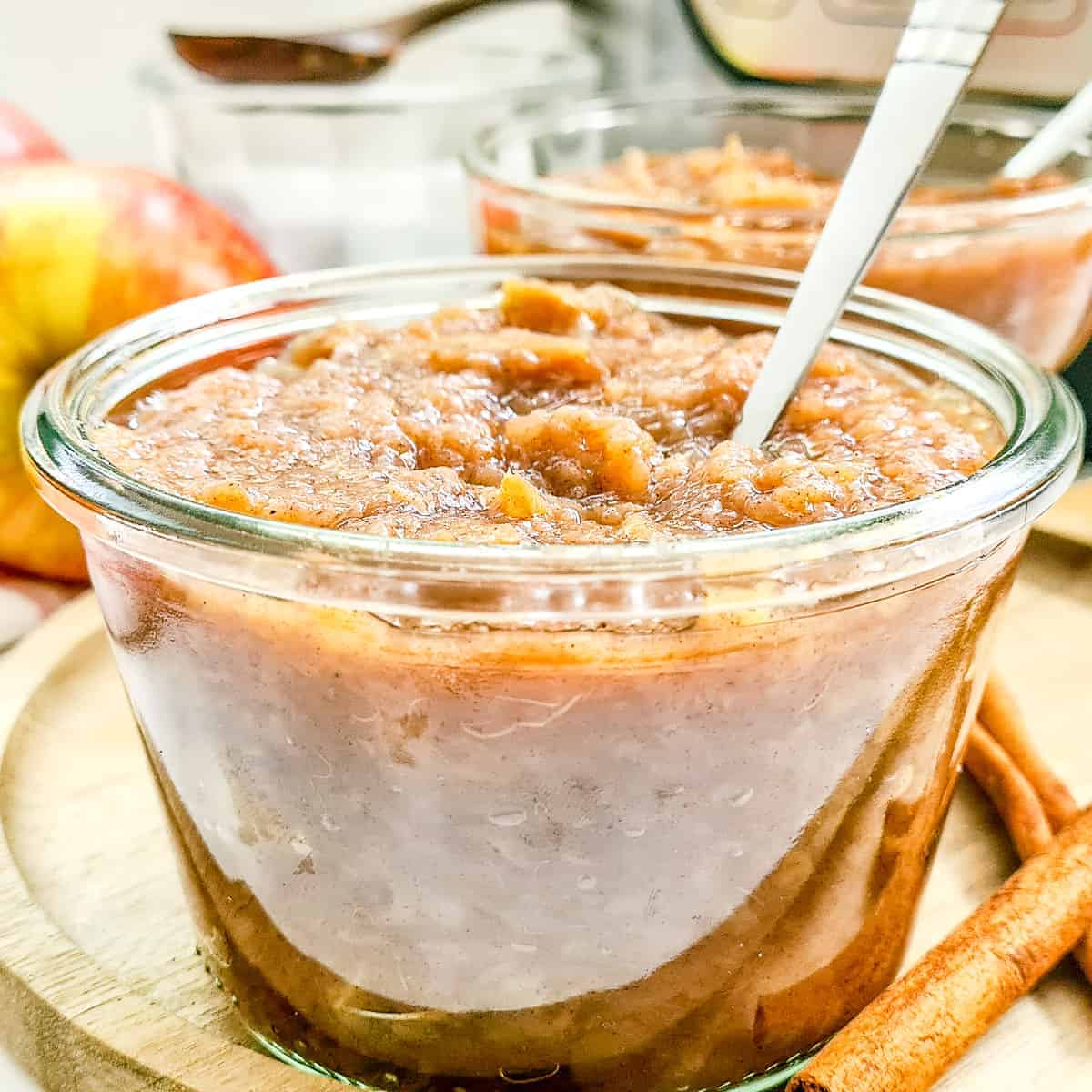
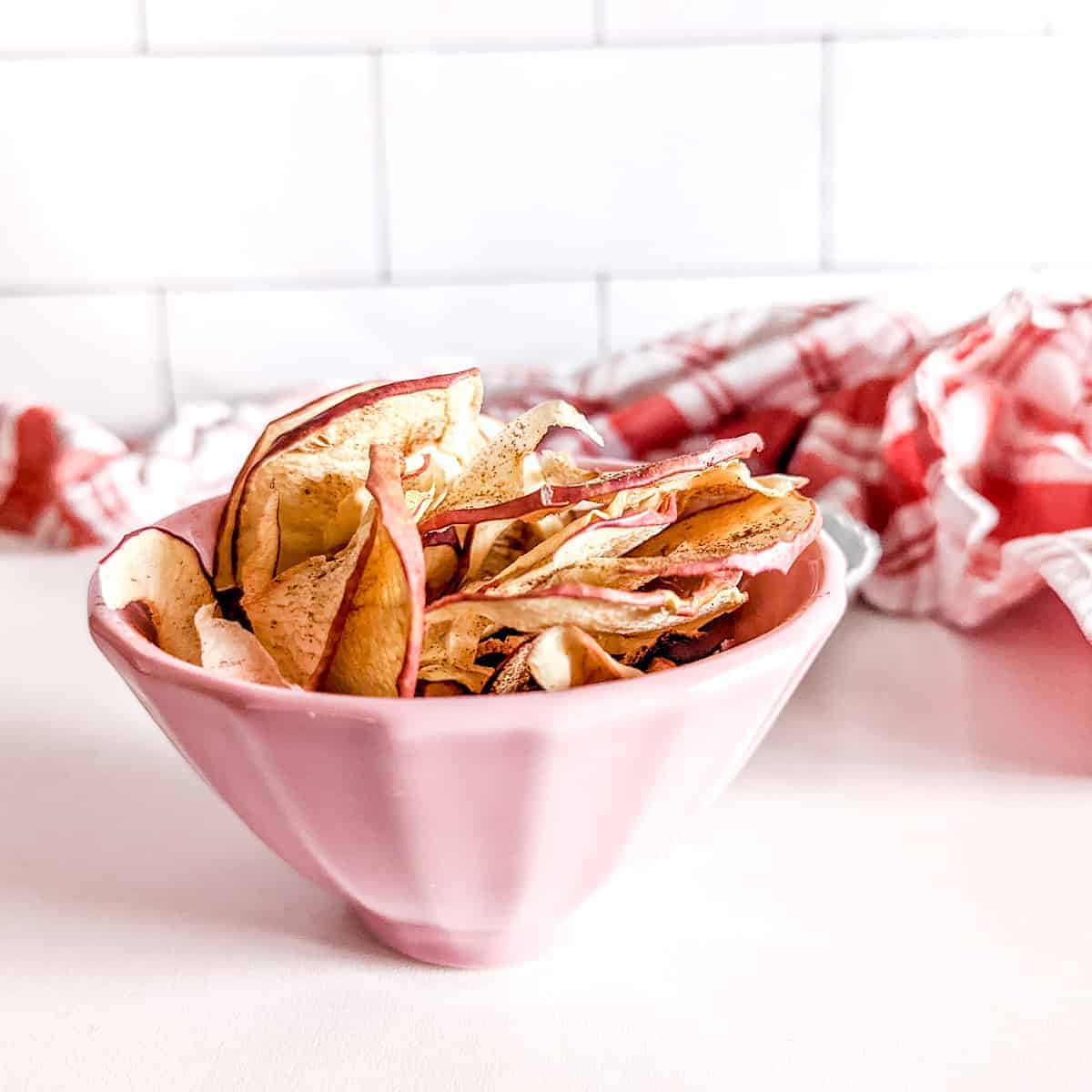
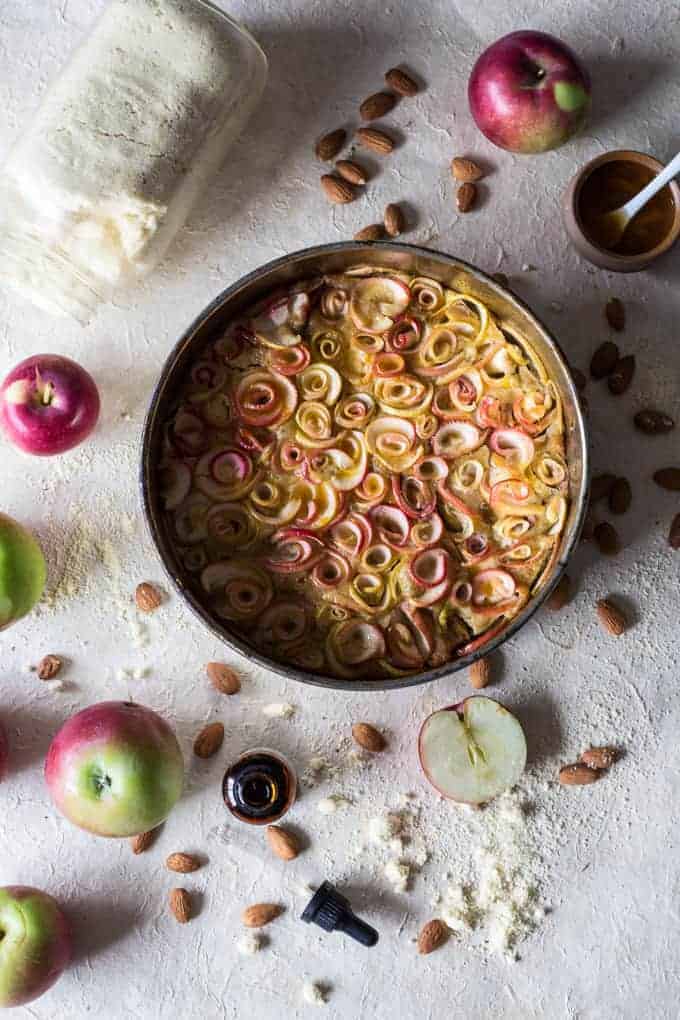
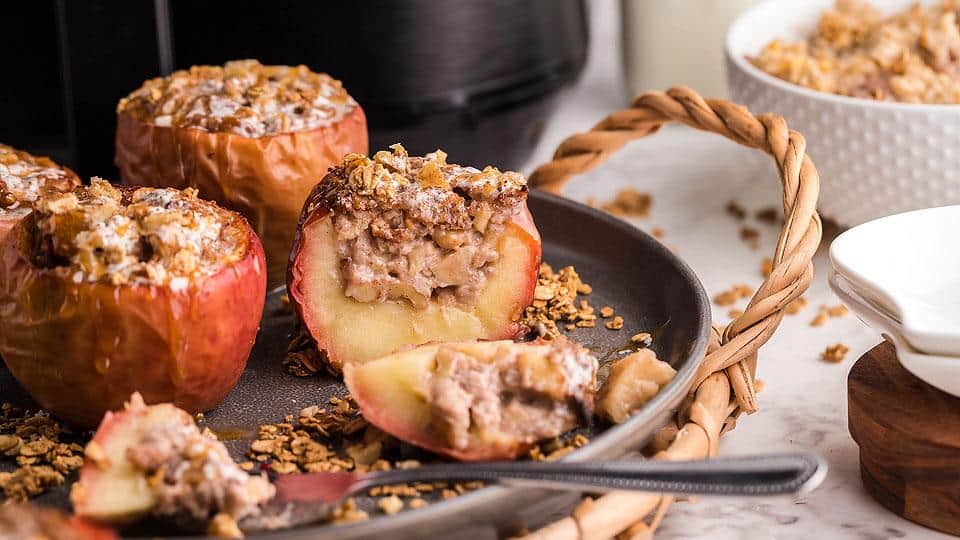
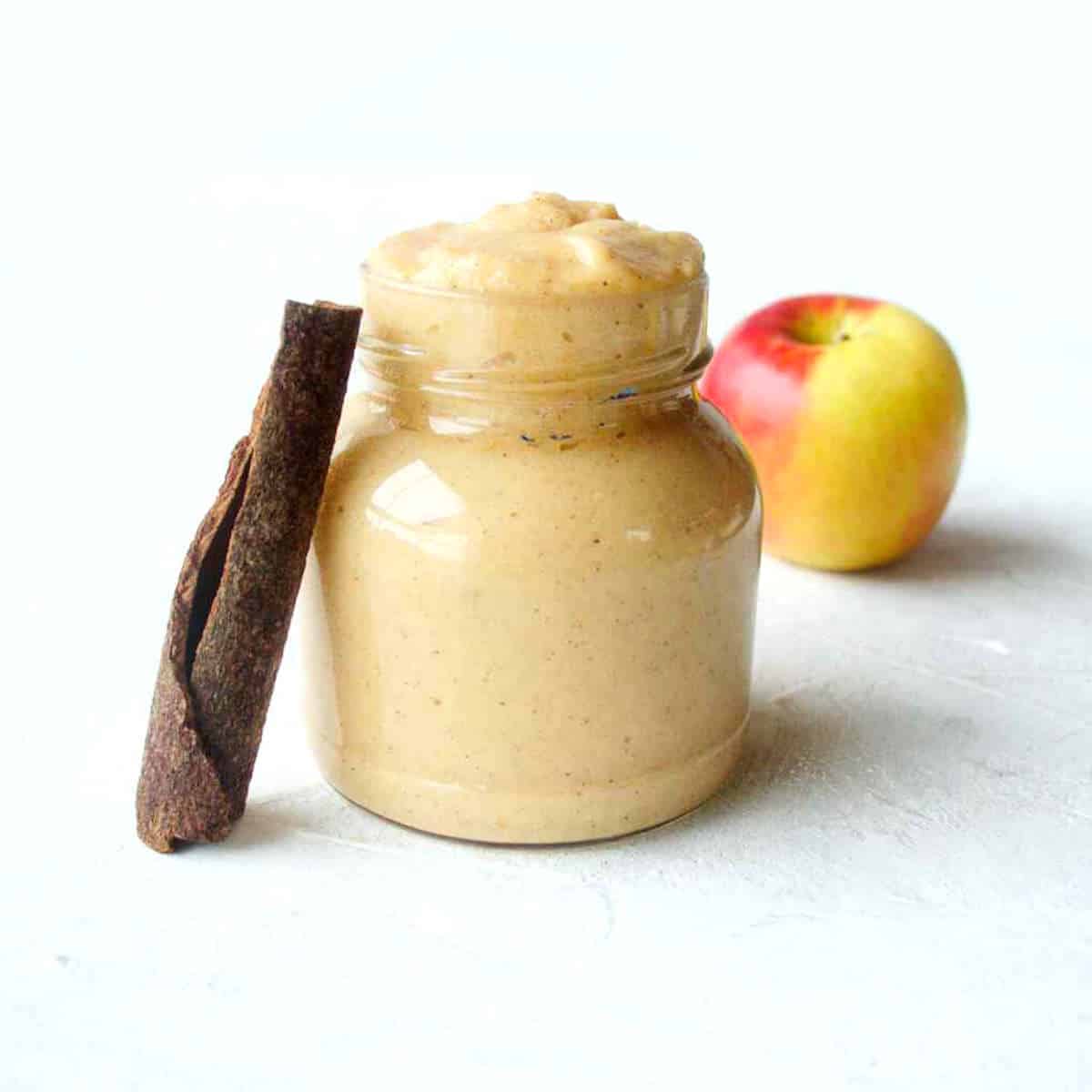
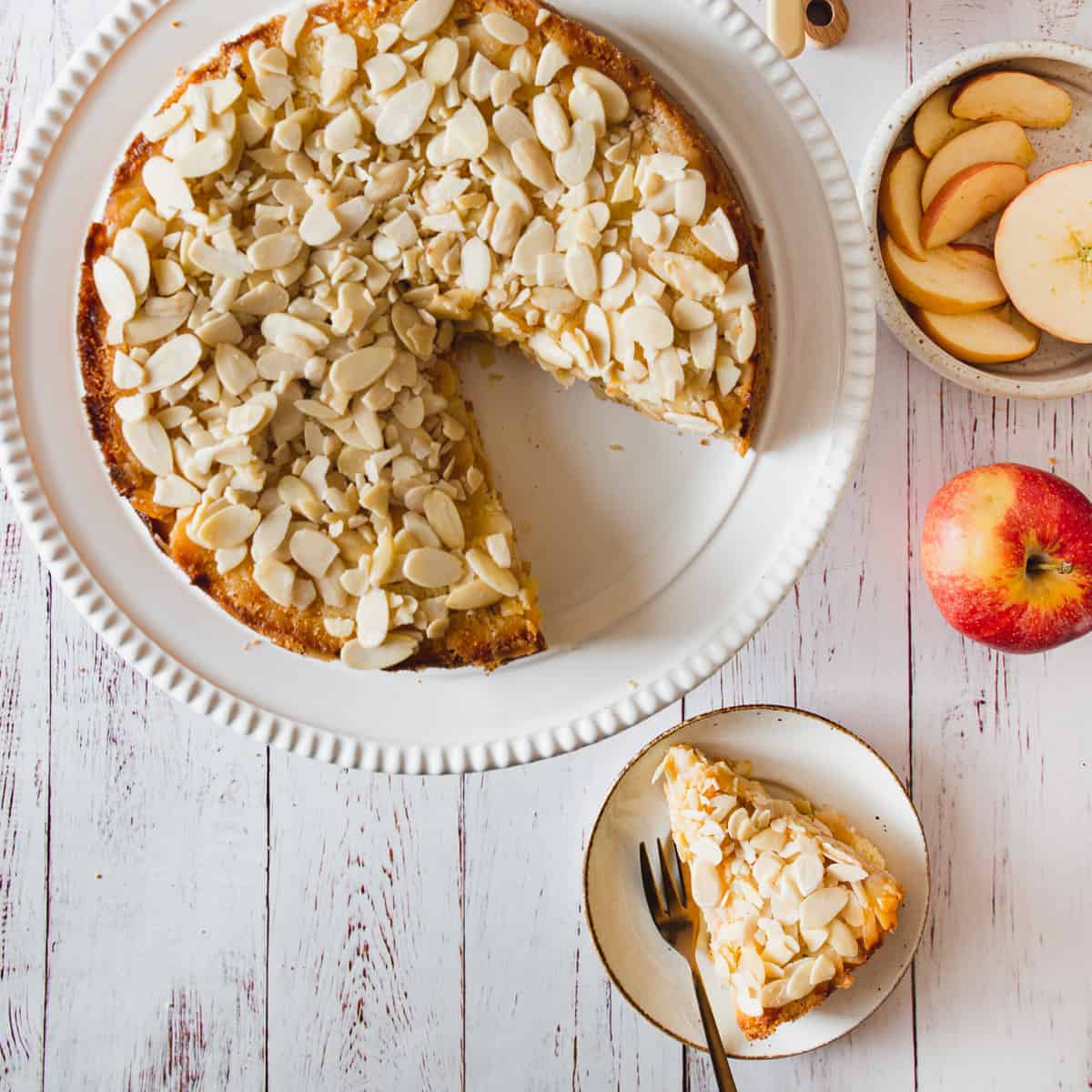
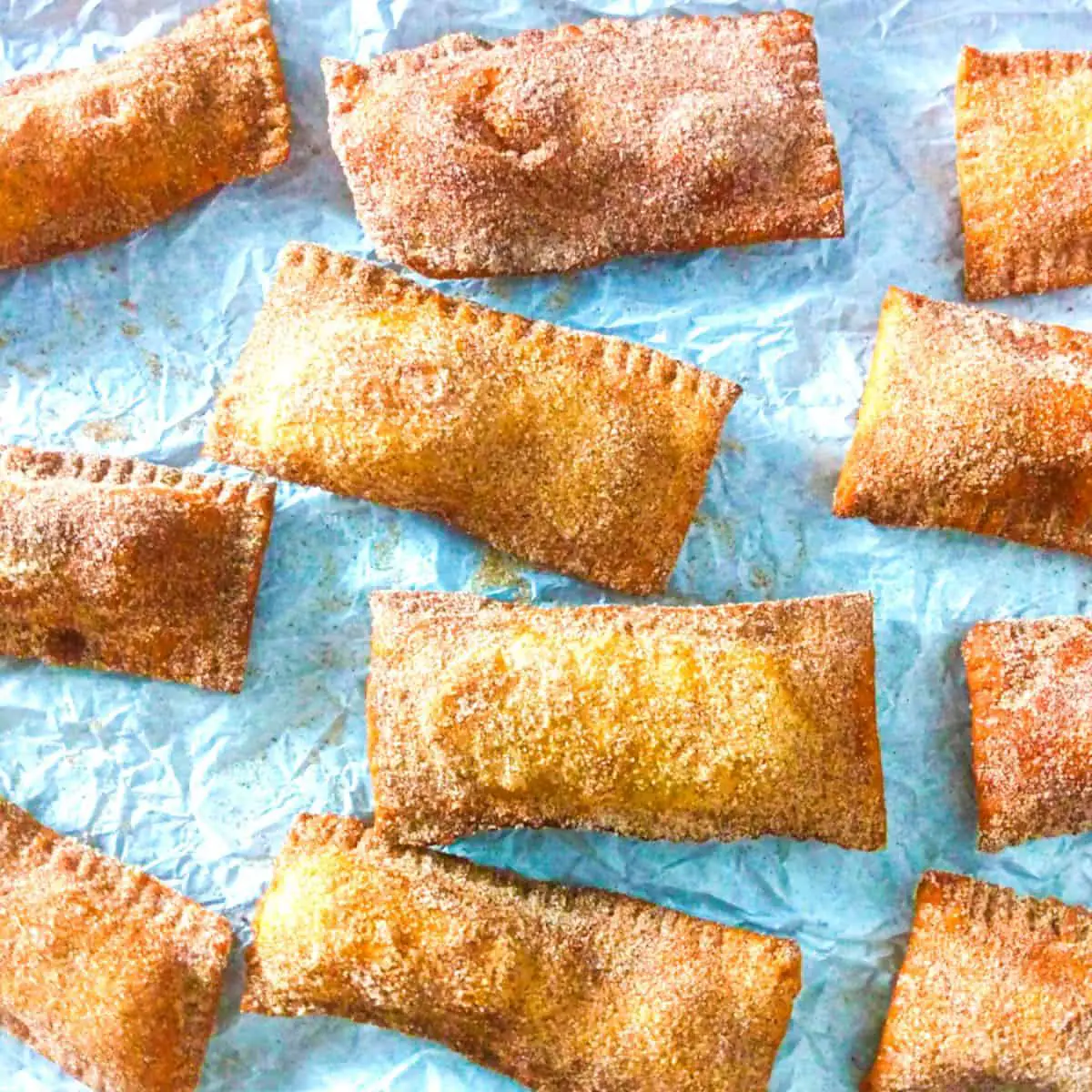
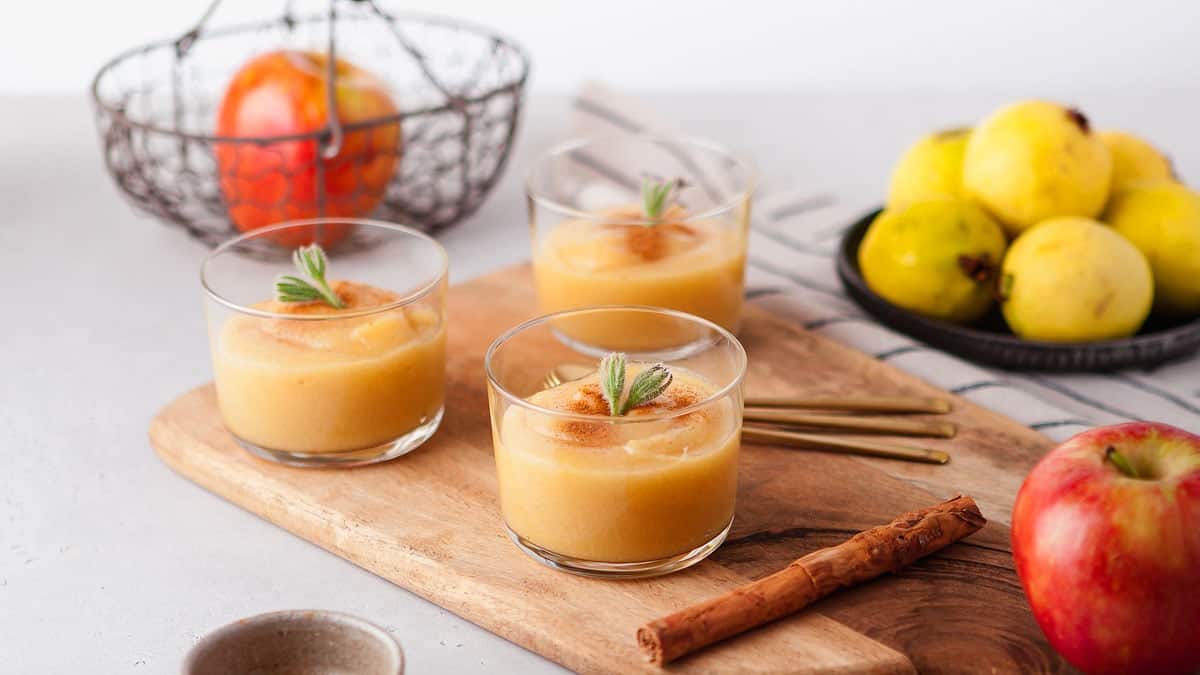
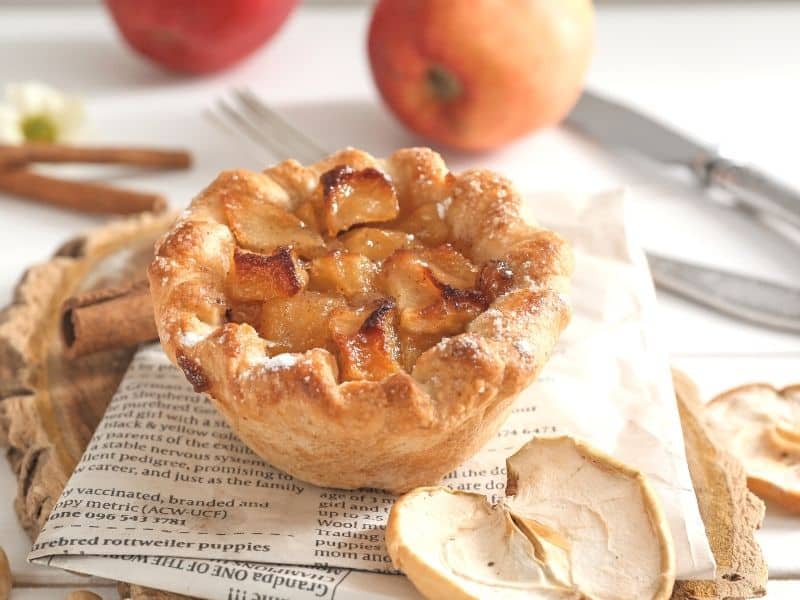








Comments
No Comments